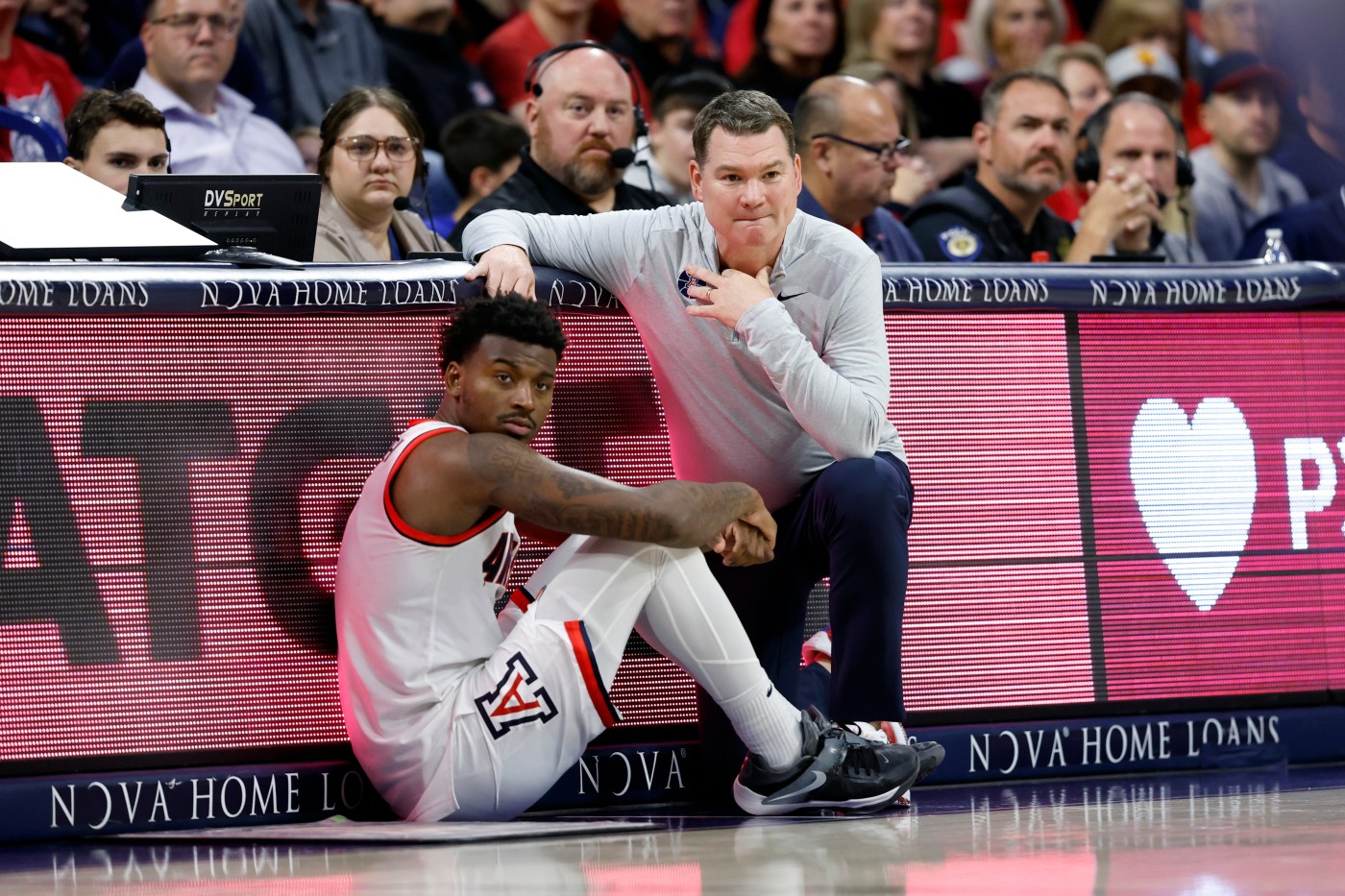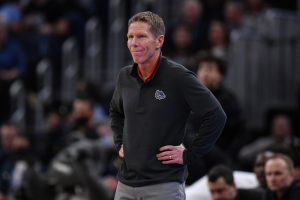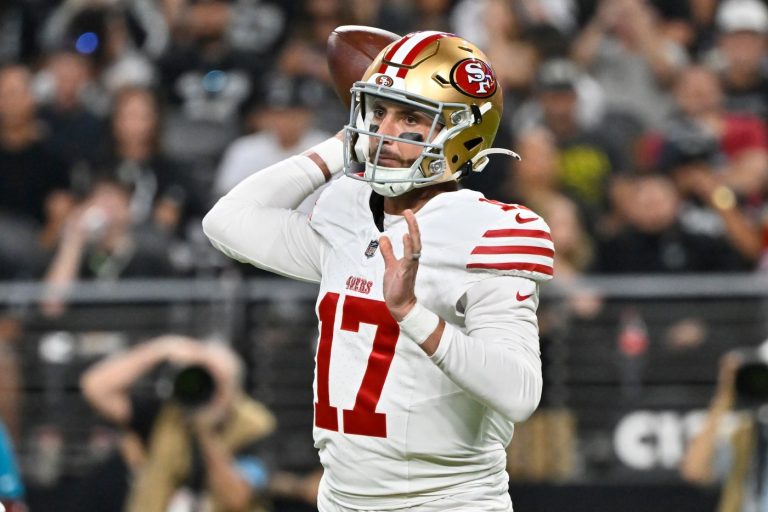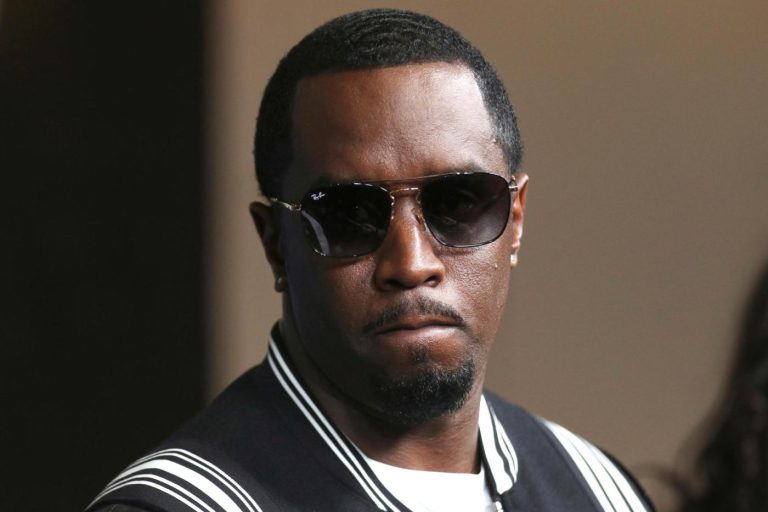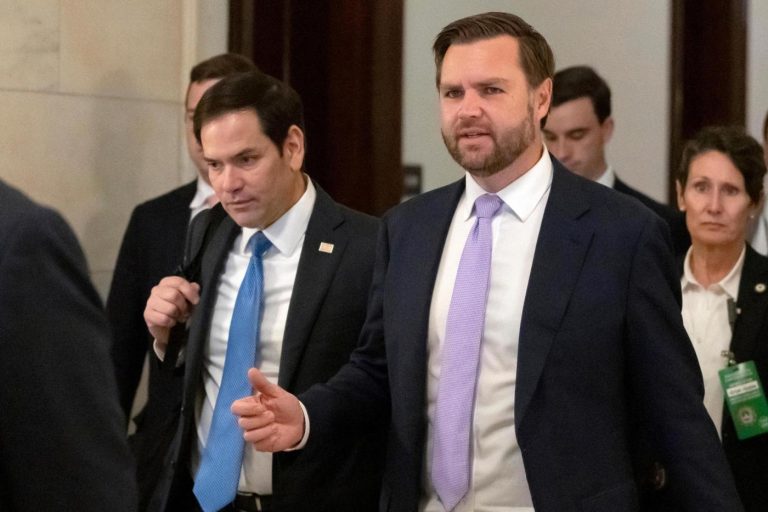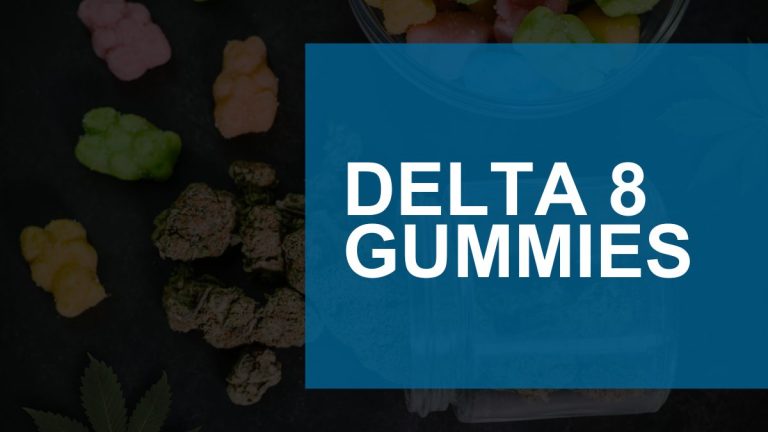If there were any lingering doubts about the Big 12’s perceived position atop the college basketball world, they vanished with the mid-October release of the Associated Press preseason rankings.
The conference placed five teams in the top 10, a feat unmatched by any league (alive or extinct) across the seven-decade history of the preseason poll.
Put another way: The names Kansas, Houston, Iowa State, Baylor and Arizona all appear in the AP rankings before you see the first Big Ten team, Purdue, which is No. 14.
Expectations are stratospheric for the Big 12 in the first year of its 16-school existence.
The conference was considered the toughest in the land before adding Arizona, an NCAA Tournament regular, in addition to Arizona State, Colorado and Utah.
How will the newcomers fare? Will the Big 12’s on-court performance match the expectations? Could the conference be too tough for its own good?
The regular season begins Monday, with league play starting Dec. 30.
Our forecast for the conference race:
1. Kansas: We fully expect the Jayhawks to improve on their fifth-place finish last season with the return of big man Hunter Dickinson and the arrival of three impact transfers: Zeke Mayo, Rylan Griffen and AJ Storr, who averaged 17 points per game for Wisconsin last season.
2. Iowa State: The Cyclones haven’t won the regular-season title in more than two decades but possess the necessary ingredients to end the drought. Keshon Gilbert, Tamin Lipsey and Curtis Jones form a first-class backcourt combination, particularly on the defensive side. With so many brutal road games in this league, ISU’s defense could be the difference.
3. Arizona: The Wildcats’ fifth-place projection in the Big 12 preseason media poll — perhaps the best indicator of the league’s depth — serves coach Tommy Lloyd’s purposes by lowering external expectations and fueling internal motivation. A loaded perimeter rotation should aid Arizona’s cause against other Big 12 contenders. Then again, the regular season matters only for the seed it generates in the NCAAs, where judge and jury await the Wildcats.
4. Houston: Coach Kelvin Sampson’s program has won at least 30 games for three consecutive years and was undaunted by the move into the Big 12 last season. It’s built to thrive in any environment. But replacing point guard Jamal Shead is a next-level challenge for the Cougars, and we foresee regression.
5. Baylor: Add the Bears to the list of threats to win the conference and make a deep run in the NCAAs. They are well-stocked on the perimeter with the addition of Jeremy Roach (from Duke) and high-level recruit V.J. Edgecombe, plus the return of Langston Love. Although Baylor’s ceiling is as high as the other contenders, the floor is lower.
6. Cincinnati: Welcome to the Big 12’s second tier. (For most leagues, the second level begins with the third or fourth team.) Cincinnati held its own in the school’s inaugural Big 12 season with a 7-11 mark, and the Bearcats should improve by a few victories if point guard Jizzle James plays as well throughout the season as he did last March.
7. Texas Tech: It’s easy to overlook the Red Raiders, but let’s not forget they reached the NCAA title game in 2019 and the Sweet 16 in 2022. Their trajectory depends, in part, on transfer JT Toppin, who averaged 12.4 points for New Mexico last season.
8. Kansas State: No team is more heavily dependent on transfers — the Wildcats overhauled their rotation after a disappointing season in which they finished just under .500 in the Big 12 and just over .500 overall. The pressure on third-year coach Jerome Tang is mounting as KSU fights to avoid irrelevance.
9. Brigham Young: There were two huge losses in Provo with coach Mark Pope departing for Kentucky and leading scorer Jaxson Robinson following. Pope’s replacement, Kevin Young, arrives from the NBA — he was the Phoenix Suns’ associate head coach — and is well-regarded for his acumen. But the transition won’t be easy.
10. West Virginia: The DeVries era begins in Morgantown with coach Darian and player Tucker, his son, relocating from Drake. The Missouri Valley is a solid league, and the Bulldogs were 16-4 last season, so we won’t underestimate the DeVries dynamic. But it’s difficult to envision a top-half finish for the Mountaineers.
Related Articles
Holy Score: What the past 20 matchups reveal about Utah’s chances to upset undefeated Brigham Young
Pac-12 bowl projections: WSU and Colorado churn on while ASU ticks up, Arizona and Utah fade fast
College Football Playoff projections: Notre Dame looms large over the selection process
Best of the West power rankings: Colorado climbs and Cal ticks up while Arizona, Utah continue to slide
Saturday Night Five: Frustration rampant for fans of three schools caught in the Nick Saban retirement chain reaction
11. TCU: The Horned Frogs have reached the NCAA Tournament in each of the past three seasons, but we’re skeptical coach Jamie Dixon extends the streak to four years given the level of competition within the conference and the quantity of roster turnover in Fort Worth.
12. Arizona State: The headliner in Tempe is big man Jayden Quaintance, the former five-star prospect who originally signed with Kentucky. But a critical season for coach Bobby Hurley depends largely on a slew of transfers who must assimilate quickly and score consistently. If the offense flounders, it could cost Hurley his job.
13. UCF: Everything you need to know about the Knights in one sentence: They finished 7-11 in the conference last season, and that was considered an upside surprise. There’s no reason to expect any better from UCF in 2024-25, but the situation could definitely turn for the worse.
14. Colorado: No KJ Simpson, no Tristan da Silva and no Cody Williams is a perilous way to begin life in the Big 12. At least longtime coach Tad Boyle has a sense for what to expect: His first year in Boulder was CU’s last season in the Big 12 before the school moved into the Pac-12.
15. Utah: This stands as a defining season for coach Craig Smith, whose tenure has generally underwhelmed. He has a restocked roster built around the Madsen brothers, Gabe, a returnee, and Mason, a transfer from Boston College. The Utes could play seven Madsens at once, and it wouldn’t change their trajectory.
16. Oklahoma State: We selected the Cowboys for the bottom because they have a new coach (Steve Lutz, from Western Kentucky) and an overhauled roster. But there will be stiff competition, and our best guess is a handful of teams end up deadlocked in the cellar.
*** Send suggestions, comments and tips (confidentiality guaranteed) to wilnerhotline@bayareanewsgroup.com or call 408-920-5716
*** Follow me on the social media platform X: @WilnerHotline
